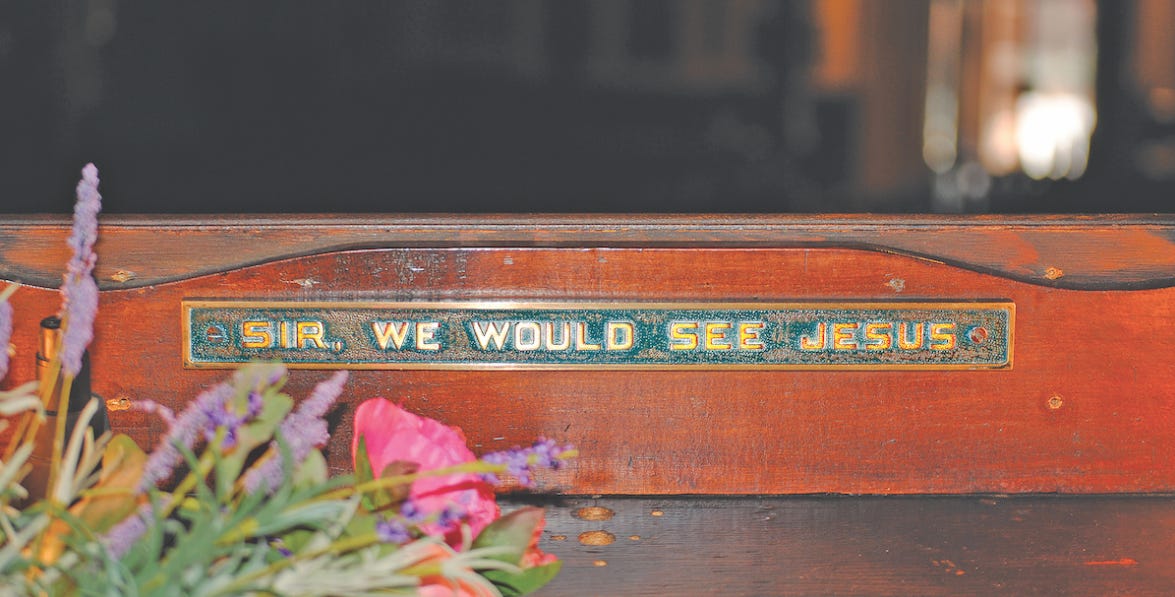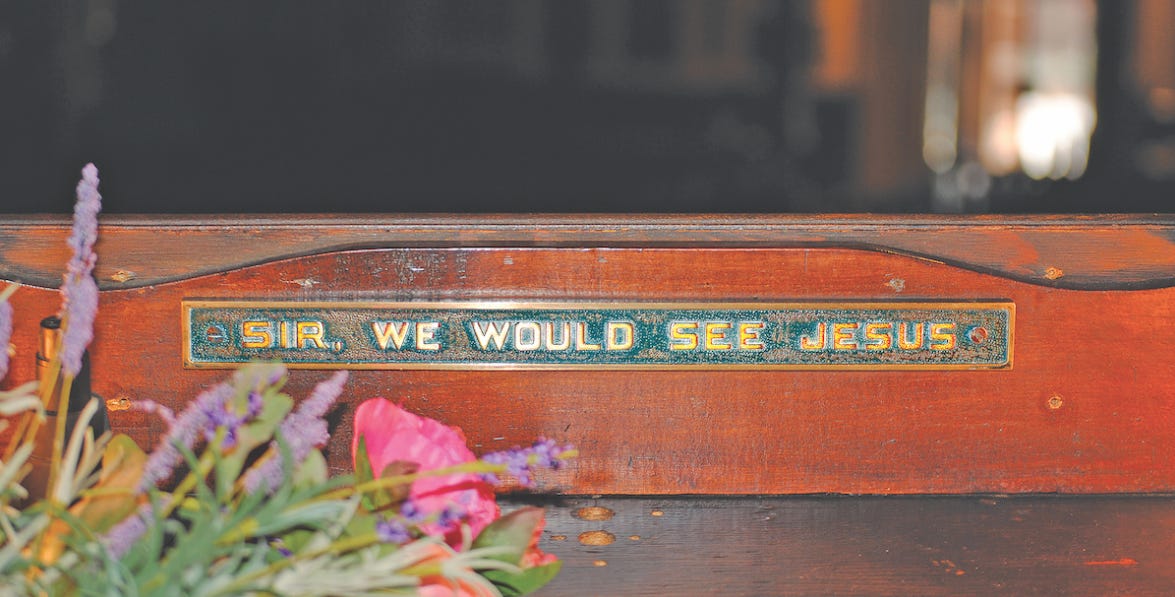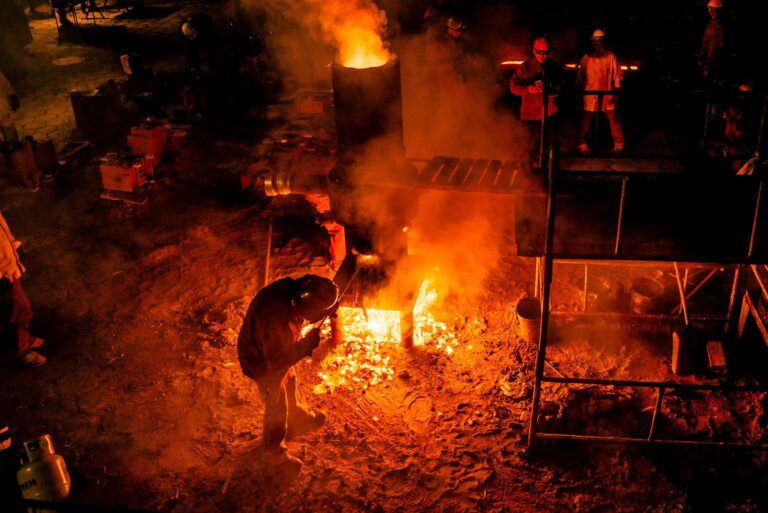VITAL THINGS WE HAVE FORGOTTEN

Just who is this Son of Man, anyway? JOHN 12:34
At the heart of Torrance’s approach is a plea to believers and seekers alike to take a closer look at Jesus. This is the invitation that lies implicit on every page of the New Testament. It comes into sharp relief in an intriguing passage in the Gospel of John, when a group of Greek tourists ask for an interview (John 12:20-26). Jerusalem is abuzz with talk of Jesus’ most recent, spectacular miracle, the raising of Lazarus. Everybody wants to see the wonder worker, but John draws our attention to this particular group, describing them simply as ‘some Greeks.’ These are Gentiles and Greek speakers: non-Jews in the city to observe the Passover. They come to Phillip, a disciple of Jesus who has a Greek name and possibly spoke Greek, to say, ‘We want to see Jesus’ (John 12:21 NLT).
To this day, our culture is deeply shaped by ancient Greece. Marathon running; gymnasiums; democracy; catapults; alarm clocks; the Olympic Games all flow from this one source, and that’s without even mentioning the vowels in our alphabet, huge parts of our vocabulary or the basic structures of mathematics. Greek influences are all around us, and this was even more true for Jesus. First-century Judea was embedded in an essentially Greek culture. A Roman occupation had been in place for several decades, but that didn’t change the fact that for three centuries – since the military conquests of Alexander the Great in the mid-fourth century BCE – the Jewish people had been immersed in the language and culture of Greece, in a process historians call Hellenisation. The soldiers patrolling the streets may be Roman, but the dominant intellectual influence is Greek.
This is why this request for a meeting has such significance for Jesus, and for John is his retelling of the story.







